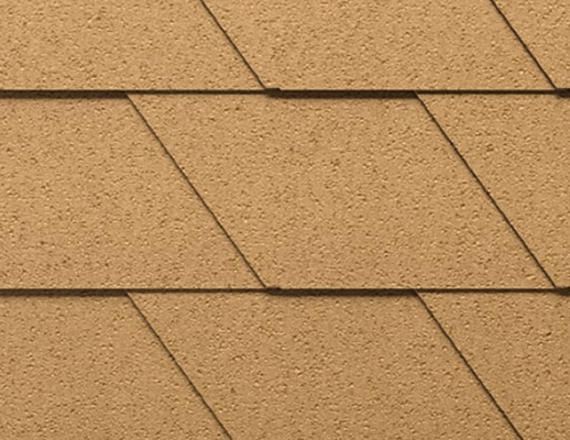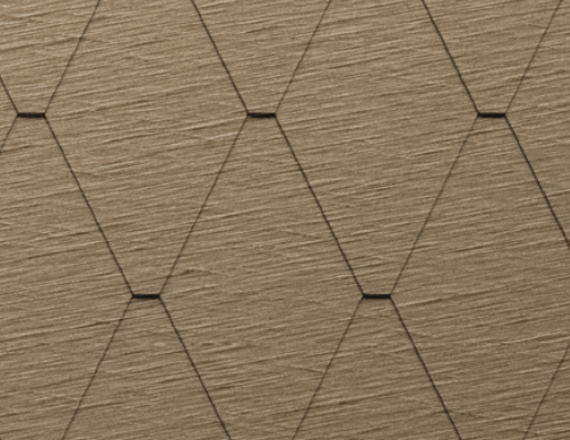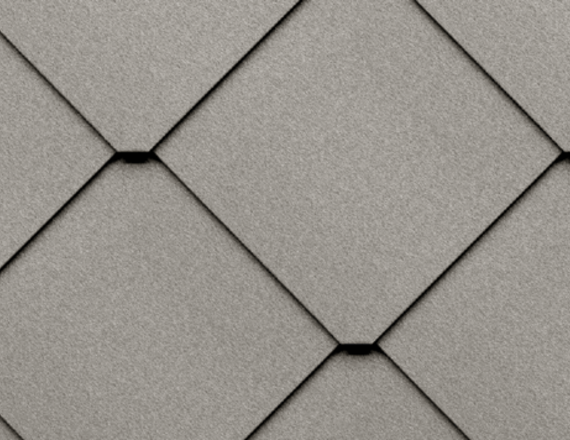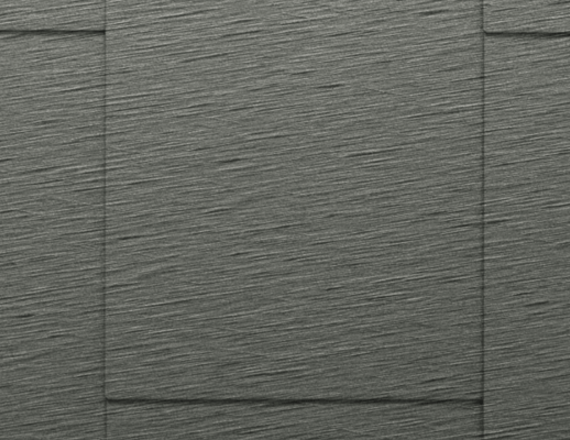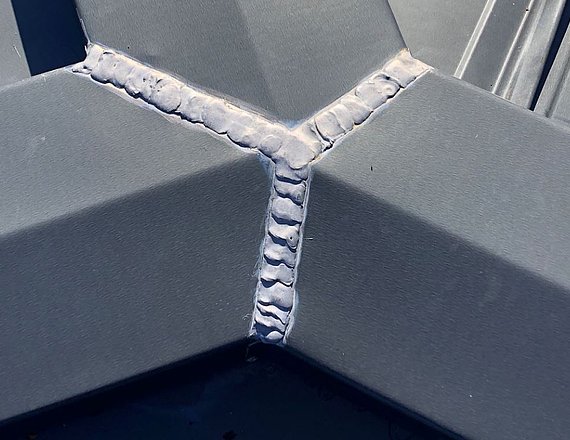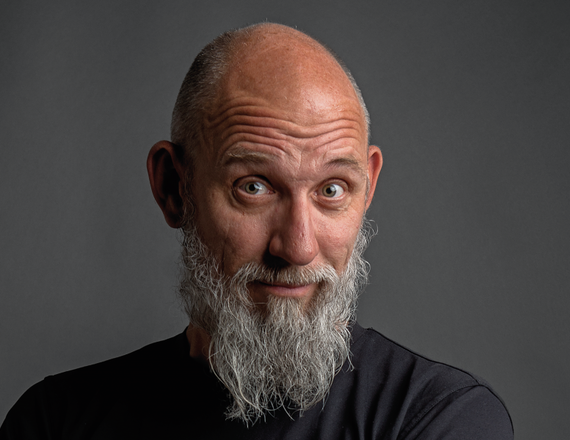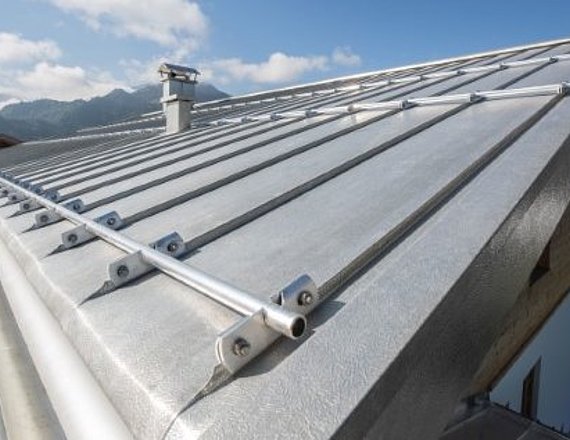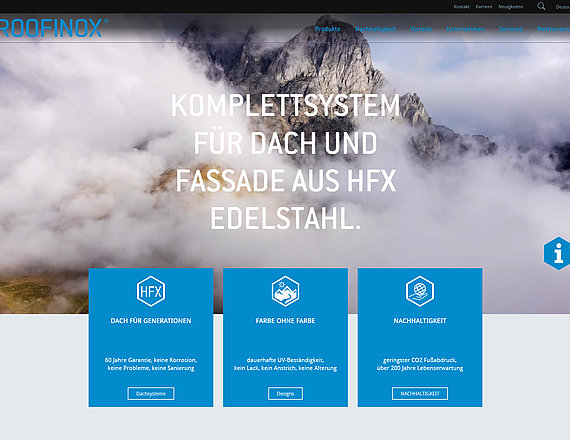Long-term security for you and your loved ones
Part 3 of our 3-part series "Happy at home":
The third part of our series of articles about the home is all about your security. According to The Good Home Report study from 2019, the feeling of security is one of the main factors that determine whether we are happy with our own four walls. In the words of one study participant: "A happy home is a place where you can rest" - and to really rest, you need to feel safe, right?
Feeling safe means feeling no threats and having no fear. "My home is my refuge, my castle. Because I feel safe and protected, and because I don't feel in danger - I don't have the feeling that someone will come and bother me," is the impressive description of one interviewee.
Feelings of insecurity can be due to a dangerous environment or neighborhood, but often they are also based on the poor condition of one's own home: anyone who has to worry that the roof won't hold tight in heavy rain and dangerous mold will form, or who measures 32° C indoors in summer, feels anything but safe. In view of the fact that, according to experts, the number of extreme weather events such as heatwaves or heavy rainfall is increasing, this is an issue of great importance and topicality.
When Zurich gets as warm as Milan
Just last year, researchers at ETH Zurich predicted that temperatures in our major European cities could rise by an average of around 3.5° C by 2050, or 4.7° C in winter. This may not sound like much to some, but when Zurich experiences temperatures that are usually measured in Milan, when Stockholm gets as warm as Budapest, or when Seattle records temperatures like San Francisco, this is anything but normal. And it brings with it new challenges.
The following warming strip from the German Weather Service (DWD) shows impressively how our annual temperatures have already changed between 1881 and 2018 - here using Munich as an example.
Architecture and building materials are decisive
Poor masonry or an old roof can not only lead to feelings of insecurity and discomfort. The way a house is built and the quality of the material used can also have an impact on health.
Heat, for example, places a heavy burden on the human organism and is particularly hard on those who are weak or have a history of illness. Lack of money and poverty also cause problems, as those affected are often unable to afford important renovation work. However, we can all suffer from circulatory problems or sleep disorders as a result of high temperatures. Stress-free relaxation within your own four walls becomes virtually impossible.
The situation is very similar when there is too much precipitation. According to experts, it won't necessarily rain more on average in the future, but the rain will become heavier and more frequent. Furthermore, although heavy rain does not usually lead to circulatory problems, if the amount of water that normally falls in an entire month falls on the roof within two days, this can certainly lead to sleepless nights. Will the roof hold? Will it stay tight? ...
Your protection against hail, rain, storm and sun
As is so often the case, quality is more important than quantity. Our houses have to withstand more and more wear and tear and weather extremes, yet they should still provide us with secure protection. Rest assured: with the right material, this is possible.
Roofs and facades made of HFX stainless
HFX stainless is characterized by its high reflectivity, i.e. the heat radiation from the sun is reflected back very well. This has been proven to reduce the heating of house roofs and facades.
When it comes to large amounts of rain, snow or hail, the strength of the material used is also important. It depends on impermeability, temperature resistance and low expansion. ROOFINOX combines all of this in its HFX stainless. The high load-bearing capacity in the form of tensile strength is also relevant, for example, for all those who have installed or would like to install a photovoltaic system on their roof. In storms and strong gusts, such solar systems behave in a similar way to a sail in the wind - a high mechanical load-bearing capacity is therefore essential.
Green roofs as a good alternative
If you don't have a photovoltaic system on your roof but still want to take "protective measures", you can think about green roofs. This can also demonstrably reduce the heating of your own home and buildings of all kinds. The moist greenery provides a natural cooling effect on any type of roof. Thanks to the welded HFX stainless panels, the roof as such is impermeable, functional and also very low-maintenance.
Not to forget: the gutter
Gutters and downpipes are always installed according to the amount of rainfall determined for the respective location. To ensure that large amounts of water can be intercepted even during sudden showers, low maintenance is also important. Heavy rain rarely announces itself - gutters must therefore be functional without much preparation or regular repairs. Only if this is the case is problem-free drainage guaranteed.
Take a long-term view - it's worth it!
We think so: Those who plan for the long term are particularly carefree. They can feel safe knowing that HFX stainless, for example, guarantees protection for decades. The material is of premium quality, it is functional and strong - it creates trust. Investments in a roof, in gutters or in stainless steel facades are for decades. They pay off. They ensure longevity, sustainability, protection and comfort. And you will also make yourself and your loved ones happy.



